Panama
Adventures
Panama
Panama
Panama is a small country, but it’s packed full of beautiful coastlines and huge areas of primary old growth forest and jungle.
It also offers world class scuba diving and surfing. Despite this, ecotourism in Panama is relatively undeveloped despite the fact that Panama is a relatively wealthy Latin America country.

Adventure Wolves ⓒ 2025